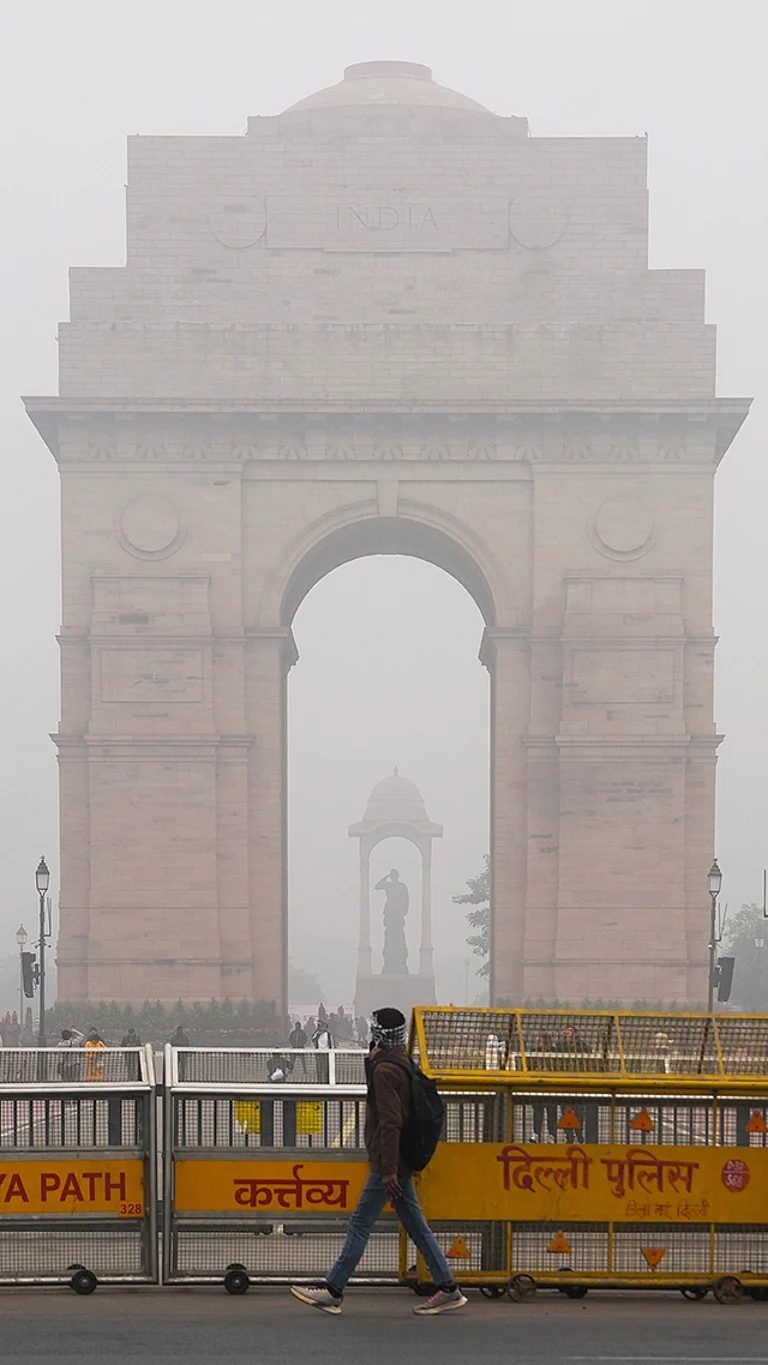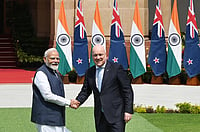Under western theories of nuclear deterrence, Pakistan's landgrab would never have occurred. But unlike the Iron Curtain, firing is a common occurrence across the Line of Control dividing Kashmir. Pakistan's newly-demonstrated nuclear might has not reinforced caution. Instead, its leaders have been emboldened to create this crisis in the belief that they have equalised India's conventional superiority, and in the hope that nuclear dangers will prompt outside intervention to resolve the Kashmir issue in their favour.
India's nuclear hawks hardly had this scenario in mind when they praised the virtues of nuclear deterrence. It is now essential, amidst planning for escalatory steps, for India and Pakistan to refrain from any moves that bear upon the nuclear capabilities of the combatants.
The view from Washington is still one of public detachment and private worry in official circles. The attentive public remains focused on the start-up of peace-keeping operations in Kosovo, an extraordinarily difficult and complex undertaking. The punditocracy is still deep in argument over the wisdom of this campaign and the military tactics employed. Long debates can be expected in military and diplomatic circles here over the implications of this campaign for US foreign policy and military doctrine.
The undeclared war at the Kargil sector has not yet made page one of the US newspapers. There is much foreboding within the administration, however, about where this fighting is headed. Many believe that key decisions will be made over the next few weeks, if the intense fighting does not result in the pull-back or defeat of Pakistani forces who have seized territory.
Washington is concerned that many new rungs on the escalation ladder have already been crossed by last month's offensive. During the past decade of hostilities over Kashmir, border posts have occasionally been over-run, and artillery firing on villages has become a sad but common occurrence. This is the first time, however, that an offensive across the LoC to seize and hold territory has occurred in the absence of a declared war.
Pakistan's claims that this is the handiwork of "mujahideen" have not been accepted here. Afghans and other jehadists may well be involved in this operation, but they could not, by themselves, have managed to seize the mountain ridges dominating the road to Ladakh and the base camps to Siachen. The scope and planning of this operation-as well as the equipment, logistics, artillery and communication support necessary to carry it out-all point to the direct involvement of the government of Pakistan, its army and intelligence services.
As a result, Washington has privately called on Pakistan to immediately cease this operation. Mid-level officials have added public statements that clarify the US view that infiltration has occurred from the Pakistani side of the LoC and that this needs to be reversed. The Clinton administration could have more to say about the evidence that has shaped its views if private messages to Islamabad prove ineffective and if the fighting appears headed for escalation.
Washington understands that India's caretaker government faces the dilemma of repelling the infiltrators quickly, but with tactics that do not bring in foreign involvement.India-watchers know that waiting for the winter to freeze out the infiltrators is not an option. Given that India has an election in October and given the need to resupply sensitive areas adjacent to China, New Delhi is in the crucible of tough choices. And even if India repels these intruders, intense fighting could now become an annual occurrence all along this sector of the LoC.
If Pakistan's claims of non-involvement were true, then the offensive will be beaten back in weeks, without India having to resort to further escalation. But Pakistan may instead decide to commit to the resupply and reinforcement of troops on the Indian side of the LoC, inviting escalation from India. The immediate goal would be to hold on to the high ground whenever the international community steps in to call a halt to the fighting.
This is far removed from the spirit of Lahore. When Nawaz Sharif agreed to the Lahore Declaration, he received the plaudits of many in his country, in India, in Washington and around the world. The credibility of the Pakistani government with respect to these pledges is now widely questioned, and not just in India. At Lahore, both prime ministers agreed to finalise nuclear risk-reduction measures by mid-year. This plan was disrupted by the fall of the Indian government and has now been set back further.
Recent events raise questions not only about escalation control, but also about Pakistan's future. The Pakistani government cannot credibly claim to support diplomatic initiatives like the Lahore Declaration while seeking to change the LoC by force of arms. Pakistan will either become known as a country searching for a peaceful subcontinent and a just resolution of the Kashmir dispute, or be known abroad as a country that cannot turn away from insurgency and bloodletting. By associating itself with operations across the LoC-operations that victimise Kashmiris, above all-Pakistan can only lose, externally and internally. The more Pakistan supports violence across the LoC, the more lawlessness will grow within Pakistan itself.
Pakistan is at a crossroads; it can either follow up the Lahore Declaration seeking a peaceful resolution of the Kashmir dispute and improved relations with India, or become mired in a never-ending insurgency. One choice leads toward a more secure democracy, improved relations with the West and a better life for ordinary Pakistanis. The other choice leads toward the Talibanisation of Pakistan.
(Krepon is president, Henry L. Stimson Center, Washington.)


























